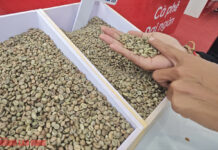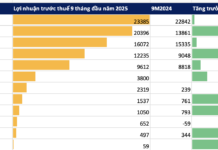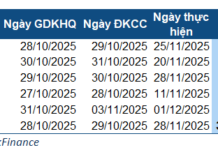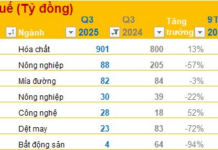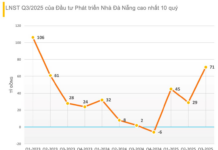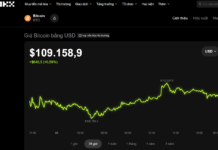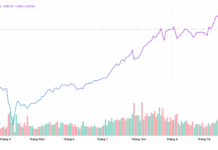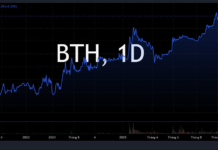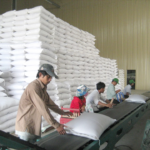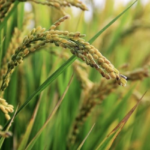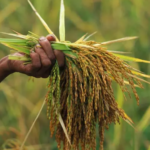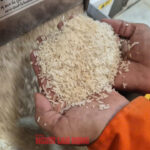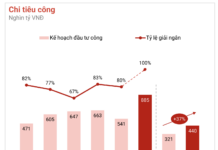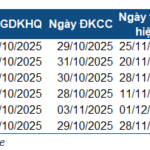In a recent press conference, Mr. Đỗ Hà Nam, Chairman of the Vietnam Food Association (VFA), revealed that as of October 15, Vietnam has exported approximately 7 million tons of rice. Projections indicate a total of 8 million tons by year-end, surpassing Thailand and securing Vietnam’s position as the world’s second-largest rice exporter, trailing only India.
Vietnam Emerges as the World’s Second-Largest Rice Exporter
By September 2025, Thailand had exported only 5.9 million tons of rice, with an estimated annual total of 7.5 million tons.
Despite this year’s projected surge past Thailand, Vietnam’s rice exports have declined by 1 million tons compared to 2024.
Rice enterprises currently face significant financial strain due to unpaid VAT refunds, coupled with rice prices plummeting to their lowest in years—nearly 5,000 VND/kg—posing severe challenges for farmers.
In recent years, rice prices consistently exceeded 8,000 VND/kg.
Exporters also report that since the 5% VAT payment mandate began on July 1, no refunds have been issued. The rice industry has paid hundreds of billions of VND in interim taxes.
Mr. Đỗ Hà Nam, Chairman of the Vietnam Food Association (VFA)
Meanwhile, the Philippines—Vietnam’s largest rice market, accounting for 40% of exports—remains closed indefinitely. Prolonged closure until the Winter-Spring crop, Vietnam’s primary season, would exacerbate difficulties.
Businesses hope the Philippines will reopen rice imports by December 1, but no confirmation has been received.
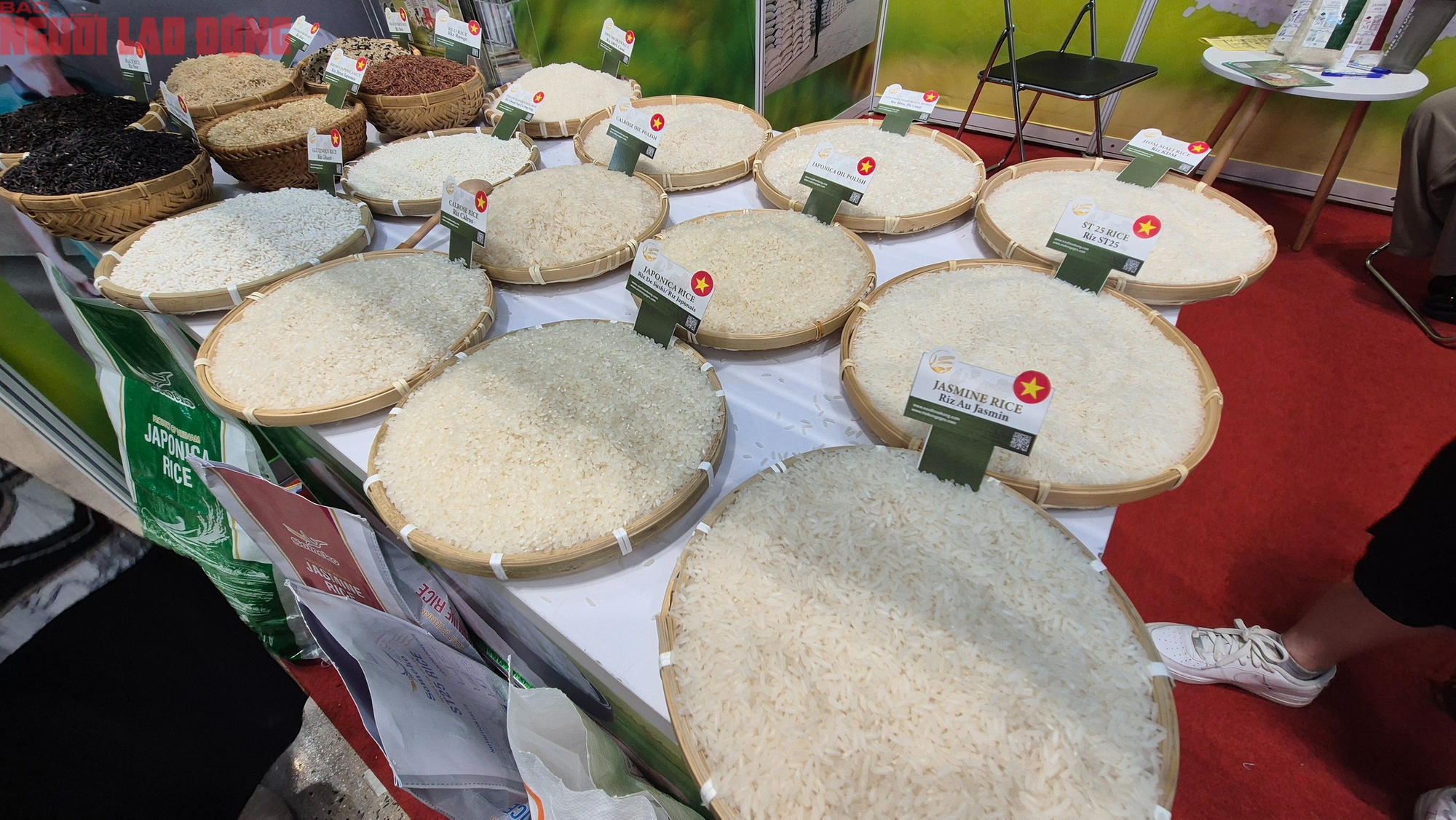
Vietnam’s rice sector faces mounting challenges
Expanding into New Markets
Despite the Philippines’ closure, Vietnam’s monthly rice exports have maintained nearly 500,000 tons, reflecting successful diversification into new markets, notably Africa and China.
China has imported approximately 600,000 tons of Vietnamese rice since January, priced at nearly $500/ton—a significant increase from the previous $400/ton.
Amid adversity, Vietnamese rice has penetrated new markets like Japan, despite a 400% tax, showcasing its competitiveness. Notably, ST 25 rice has gained popularity among the Vietnamese diaspora globally.
Mr. Đỗ Hà Nam advocates for reinstating the VAT exemption policy for processed agricultural products to alleviate tax burdens.
“Government contracts are vital for Vietnam’s rice industry,” emphasized the VFA Chairman.
Philippines and Indonesia Aim for Food Self-Sufficiency
International reports highlight the Philippines’ Department of Agriculture targeting 90% food self-sufficiency by 2028 through strategic programs, including production boosts, farmer support, and logistics enhancements.
Indonesia announced achieving rice self-sufficiency in 2025, with an expected surplus of 4–5 million tons by year-end.
These nations are the world’s top two rice importers and Vietnam’s primary export destinations.
Where is Vietnamese Rice Headed as Philippines and Indonesia Tighten Import Restrictions?
Vietnam’s rice industry faces a pivotal moment as two major markets simultaneously reduce imports, forcing a strategic shift. In response, businesses are actively exploring new frontiers, with a surprising surge in demand from multiple African nations emerging as a promising alternative.
Vietnam Ranks Second Globally in Rice Imports
In the first nine months of 2025, Vietnamese businesses spent more on rice imports than on wheat and soybeans combined.


